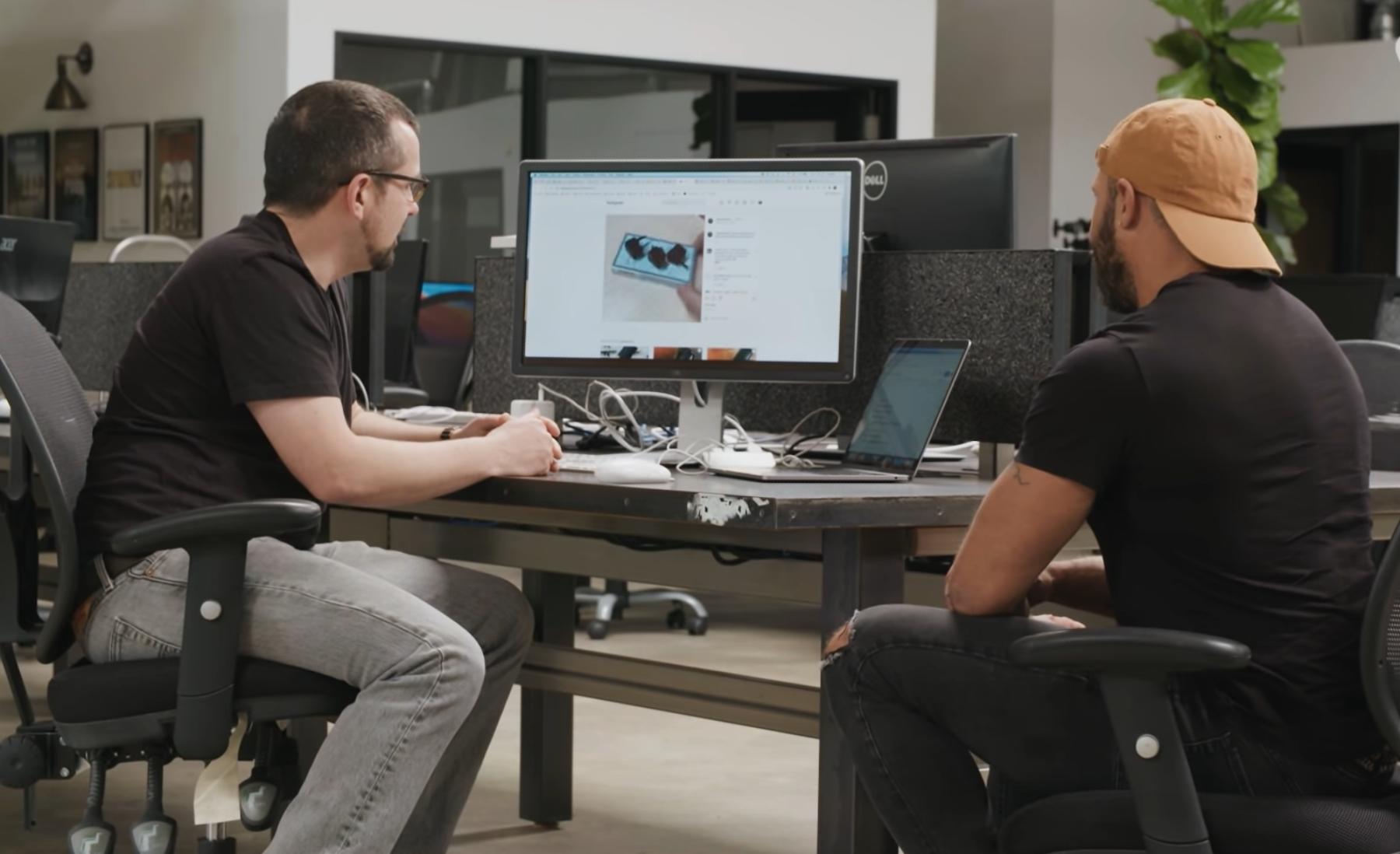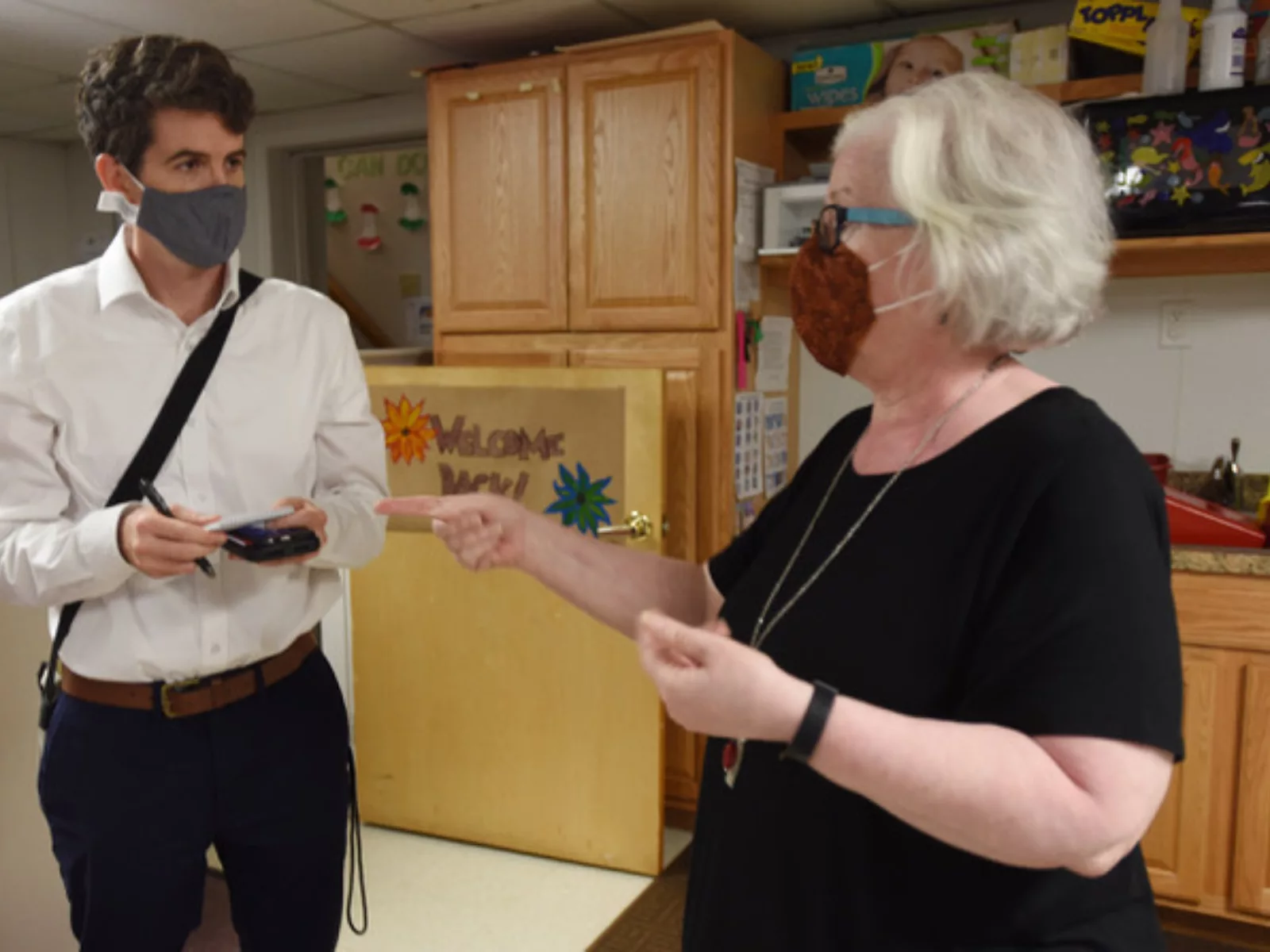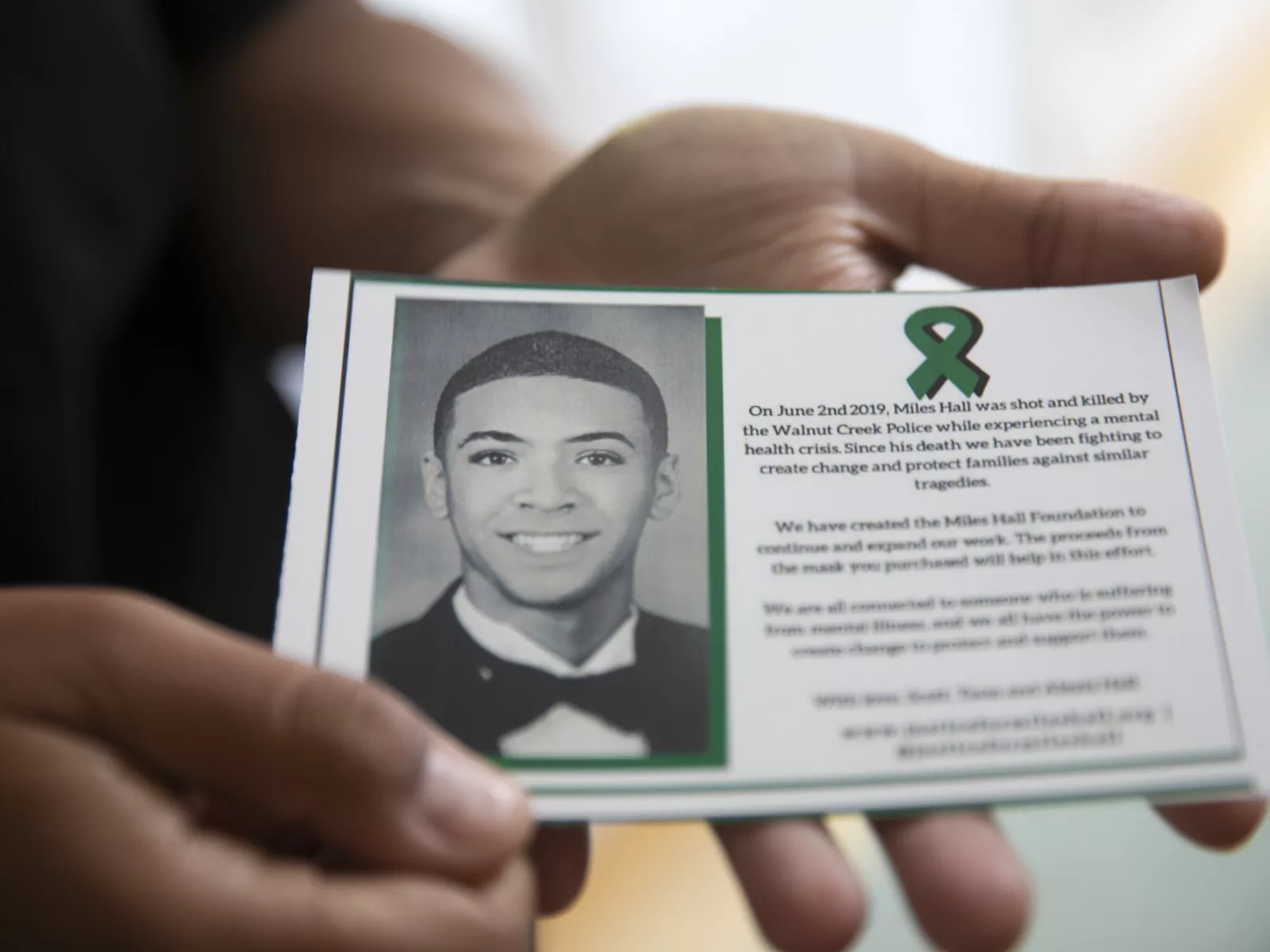The memos were handed over in a nondescript New York City café. Handwritten by a former senior employee of the National Rifle Association, they outlined questionable business practices, like “overbilled, deceptive, vague invoices to ‘preferred’ vendors and contractors” and NRA staff “being told to process payments without documentation.”
Mike Spies, a reporter at The Trace, an outlet focused on guns and gun violence in America, carried the envelope back to his office and took a moment to digest the magnitude of its contents. On top of scores of interviews and public documents he’d already gathered, the memos all but confirmed that NRA executives, contractors and vendors were extracting hundreds of millions of dollars from the nonprofit’s budget for their own benefit — a potential violation of nonprofit law.
“It was pretty shocking to see,” said Spies. “It actually seemed unbelievable to me.”
The result was a blockbuster story published three months later in partnership with The New Yorker, which outlined a culture of “secrecy, self-dealing and greed” at the NRA and spurred New York Attorney General Letitia James to file a lawsuit to seek to dissolve the nonprofit. Spies’ story set off a wave of coverage of the NRA in major media outlets across the country.
With its penetrating, authoritative reporting, The Trace has singularly changed the face of reporting on guns and gun violence in the United States over the last seven years. Through daily watchdog reporting and larger investigations and projects on topics ranging from community violence to gun policy and the NRA, journalists provide a comprehensive look at how guns impact American life. They also document solutions — proven tools that have often suffered from a lack of awareness and support.
Experts say such reporting plays a vital role in the larger push to better grasp and work to mitigate the epidemic of gun violence, especially at a time when it’s reached historic highs.
“We need to understand the magnitude of the problem, to humanize it, and to know the ways to solve it,” said John Roman, a senior fellow at NORC at the University of Chicago, who studies violence. “Sunshine is the best disinfectant.”
Responding to a Dearth of Information
Advocates have long bemoaned a secondary problem to the uniquely American epidemic of gun violence: a shortage of reliable, evidence-based information about its root causes, the scope of its impact and effective solutions to curtail it. That’s due to a mix of partisan politics, government regulations and “disordered and highly segmented” collection systems, according to a 2020 study published by NORC in partnership with Arnold Ventures.
In particular, two congressional acts have restricted federal involvement in firearms data. The 1996 Dickey Amendment, which required that “none of the funds made available for injury prevention and control at the Centers for Disease Control and Prevention may be used to advocate or promote gun control,” was mistaken for a ban on research, and the 2003 Tiahrt Amendment similarly restricted the Bureau of Alcohol, Tobacco, Firearms and Explosives from sharing firearms trace data.
“There simply isn’t another public health or criminal justice problem that we know as little about as gun violence,” Roman said.
Media coverage tends to follow a clear pattern, peaking around mass shootings and fading with the next breaking news event. (Mass shooting incidents, while horrific, make up just 2.6% of all deaths from firearms.) On the local level, where shootings are concentrated, coverage is often pulled solely from police reports — resulting in stories delivered with few details, context or follow up, and lacking the voices of those most affected by gun violence.
Many of the stories we tell would go untold if The Trace didn’t exist.James Burnett founding editor and managing director of The Trace
In 2015, leaders from the organization Everytown for Gun Safety, funded by former New York City Mayor Michael Bloomberg, committed to providing seed money for an editorially independent media initiative to report solely on gun violence. It would be modeled after other single-focus nonprofit news sites, like The Marshall Project, which covers criminal justice, and Inside Climate News.
“Part of the thesis was: if we pay attention to [gun violence] full time, we ourselves can begin to fill the gaps in the coverage,” said James Burnett, the founding editor and managing director of The Trace, who was previously an editor at The New Republic and New York Magazine. “Many of the stories we tell would go untold if The Trace didn’t exist.”
Though never intended to be a breaking news site, The Trace launched June 17, 2015, the day after the mass shooting at Mother Emanuel AME Church in Charleston, immediately providing coverage of the massacre. Out of two rooms in a New York City co-working space, the then seven-person team — which Burnett described as “pretty scrappy at the beginning” — covered the scale of gun violence as well as the policies, practices, and systemic factors perpetuating it. Reporters filed public information requests to find unique data, scoured pro-gun forums, and explained complex topics in plain language. One reporter was a gun collector and shooting enthusiast himself.
Jim MacMillan, the founder and director of The Initiative for Better Gun Violence Reporting and the Philadelphia Center for Gun Violence Reporting, said The Trace’s expertise on “such an incredibly multifaceted topic” quickly made it “a beacon.” From urban and domestic violence, to the gun lobby and industry, to politics around legislation and the culture and business of guns in America, “They speak authoritatively on every single aspect of it,” said MacMillan.
The coverage quickly garnered national interest and led to partnerships with outlets like Slate, The Guardian, Newsweek, and Rolling Stone. It also spurred more and deeper investigative reporting, including a collaborative project in partnership with NBC stations around the country to build a database linking stolen or missing guns to their use in violent crimes. Over time, the project, called “Missing Pieces,” led to a number of proposed reforms and changes to policy and practice, including in conservative Texas and South Carolina.
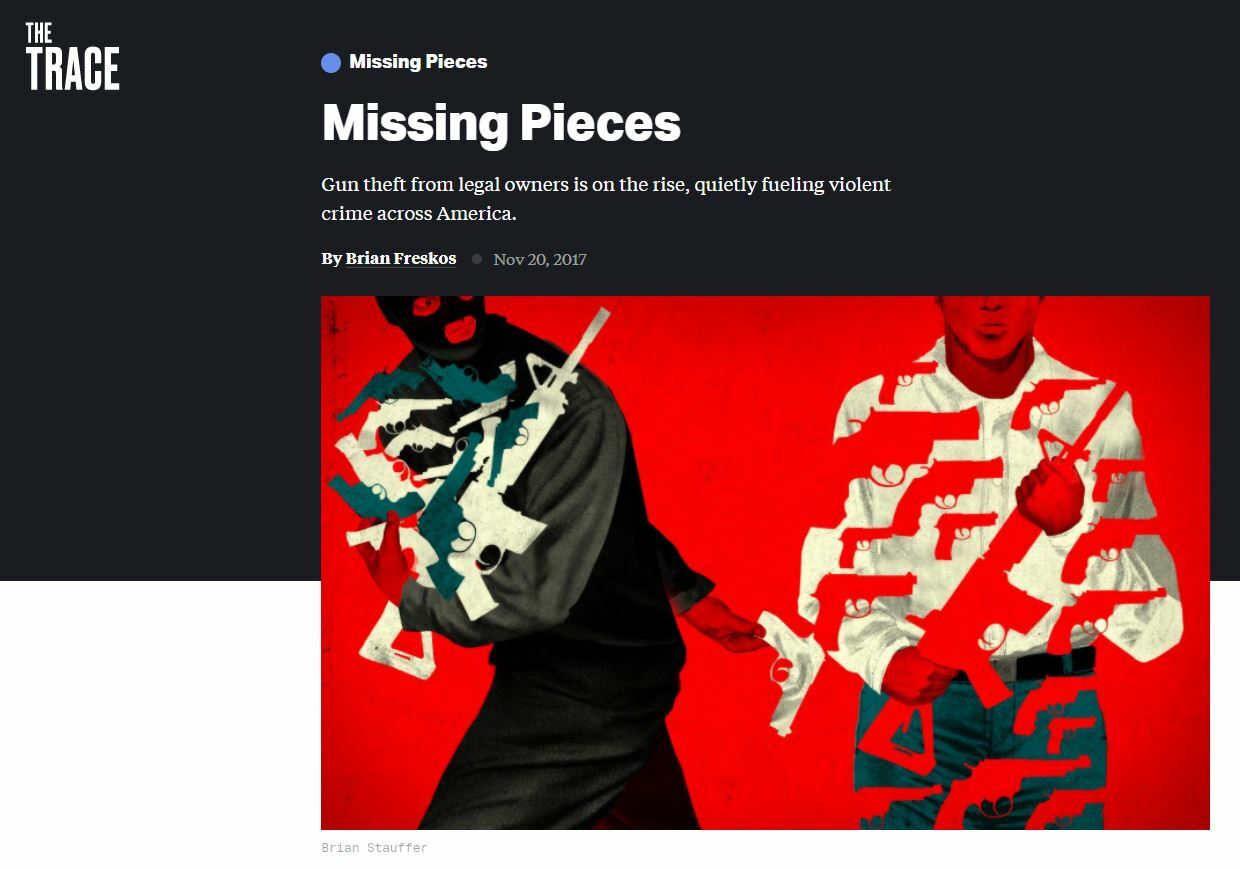
“Missing Pieces” was eventually cited in a 2019 Supreme Court brief and by numerous scholars, a group of whom called the reporting an “important step forward in uncovering the extent of illegal gun availability in the United States.” The Trace’s reporting has also spurred reform efforts and better practices at the state and local levels. After The Trace reported on an innovative suicide-prevention initiative in Washington State, a similar measure was proposed through legislation in Virginia. And after a story about a Louisiana domestic violence survivor who became a cop and found inventive ways to get guns away from abusers, those same ideas spread in communities nationwide.
“Our audience includes people who work toward violence prevention as policymakers, advocates, scholars, law enforcement agents, and so on, and we think that following helps The Trace promulgate good ideas even as we expose bad actors,” Burnett said. “If the understanding of a problem is that it’s intractable and nothing can be done, that lets people in power off the hook because there’s not anything they can do about it. But if you point to what can be done, then you have the ingredients of accountability.”
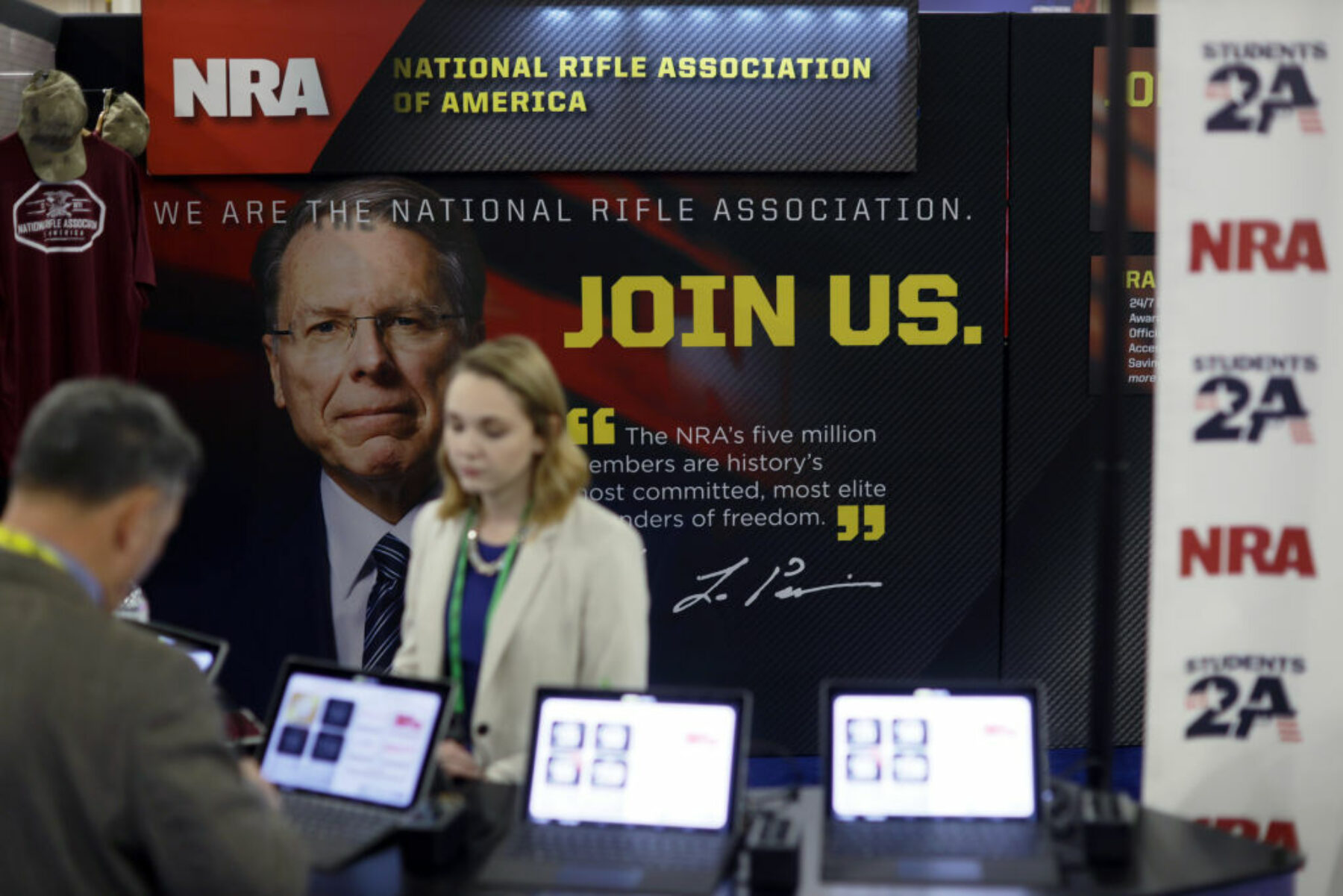
Investigating the NRA
The Trace is perhaps most well-known for its coverage of the NRA, an organization that once seemed untouchable. When Spies was first assigned to cover the nonprofit in 2015, he did a lot of what he calls “spelunking,” or blindly feeling around for an opening. He learned how to scrutinize public filings and pored over the NRA’s disclosures. He slowly built relationships with sources both inside and outside the organization. “Most people ignored me,” said Spies, who previously covered Citizens United and nonprofit political influence.
His first breakthrough came in 2016, less than a year after The Trace’s launch, after he obtained text messages and emails that showed how the NRA’s Florida lobbyist extended her influence to squash environmental remediation. The story was co-published by the Tampa Bay Times, a newspaper known for its investigative prowess. It also seeded an in-depth profile he published after the Parkland shooting, which ran in the print edition of The New Yorker — another breakthrough.
Spies’ stories began to define The Trace’s approach to coverage of the NRA: “to consider its footprint expansively while doggedly, painstakingly digging into its operations,” Burnett explained. An exposé in 2018 chronicling how the NRA flouted campaign finance laws resulted in a joint House-Senate probe and was cited by Giffords, a gun reform nonprofit founded by former Arizona congresswoman Gabby Giffords, in a lawsuit against the NRA.
Spies gained credibility — and trust. Sources told him about internal discord at the NRA, including over the role of contractors. Even some people working at the NRA’s own lobbying arm felt the partnership with its PR firm, Ackerman McQueen, was too pricey. By late 2018, as the organization faced increasing legal trouble, sources told Spies that coffee and water coolers had been eliminated for employees and pointed him toward obscure public documents, such as contracts and questionnaires, where he found details like CEO and Executive Vice President Wayne LaPierre’s enormous retirement package.
When Spies noticed the NRA’s 2017 tax filings disclosed payments to Ackerman far higher than any previous disclosure, his editor, Tali Woodward, took him off other stories. Spies dug in, piecing together a comprehensive and far-reaching picture of Ackerman’s decades-long influence over the NRA. They’d helped the organization transform from one focused on gun education, safety, and training into an adversarial media company. By the time he received the internal memos in early 2019, Spies knew how ex-Ackerman staff were directing a significant swath of the NRA’s operations and that the NRA was paying executives and consultants through multiple entities.
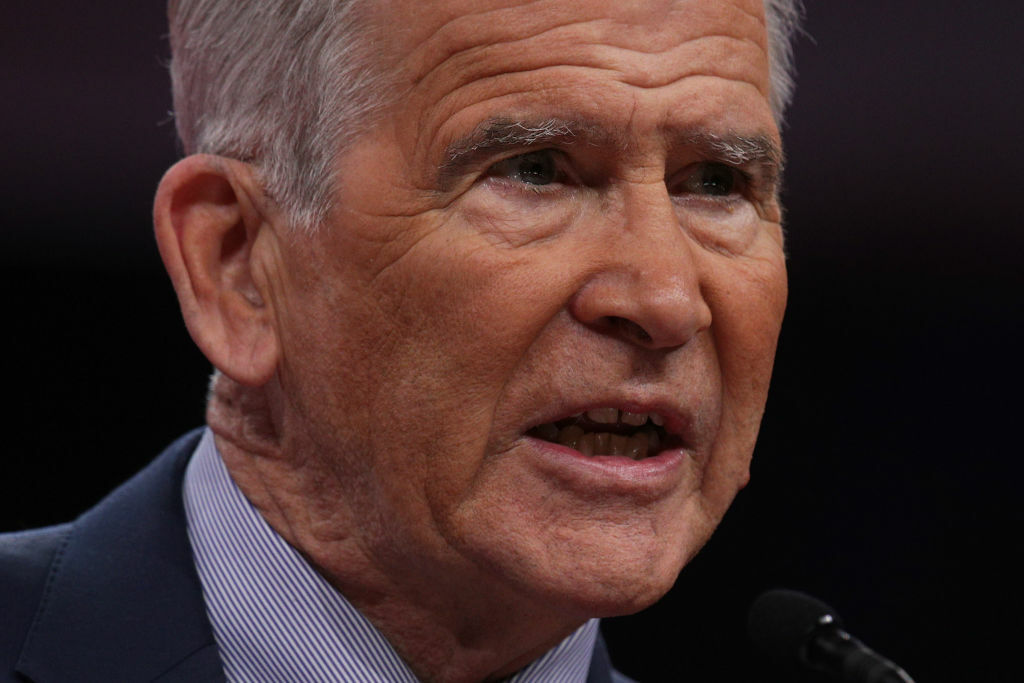
Just 10 days after Spies’ exposé was published, NRA President Oliver North resigned. “There is a clear crisis that needs to be dealt with quickly and responsibly,” North wrote in a letter which was read at NRA’s annual meeting by a board member. North pointed to Spies’ reporting as well as follow up articles in the New York Times and the Wall Street Journal.
Though the dissolution portion of James’ lawsuit has since been thrown out, other claims against the group and individual executives — including self-dealing, abuse and unlawful conduct by LaPierre — continue to move forward in court.
Engaging the Community
Burnett credits the time and focus reporters have at The Trace with its success. “It allows for deeper knowledge of the issue, for extensive and diverse sourcing, and the time to really dig in and chip away,” he said.
The Trace has grown to a team of 20, with reporters from California to Baltimore. They’ve attracted dozens of funders and won numerous awards. But Burnett said there’s still far more work to do. They’re now seeking to “cross the last mile” by reaching those affected by gun violence, including survivors and family members, with accessible information, such as resources for mental health support, victim compensation, and transitional housing.
They began that work last year in Philadelphia, which in 2021 recorded the highest murder rate in the country per capita of the country’s 10 largest cities. Their project Up the Block launched in March 2021 to connect Philadelphia residents with resources for coping with gun violence, like information on recovering from shootings, keeping young people safe, and holding local leaders accountable — in Spanish and English. The project’s community outreach editor Sabrina Iglesias is a Philadelphia native who grew up surrounded by gun violence.
“My major goal has been to become a trustworthy source of information for Philadelphians,” Iglesias said. “Every step of the way, I’ve worked to make sure the folks in my community knew that this was a project for them and by one of their own, and I think that’s been really important to the growth of Up the Block.”

The community engagement approach will vary from city to city. They’re now seeking to expand the model to Chicago, which ended 2021 with more homicides than any other city in the United States.
The work is happening at an important time. The last two years have seen a historic surge in gun violence, compounding the traumas of the pandemic. The Trace has covered the spike with sharp focus.
MacMillan, who works alongside Temple University trauma surgeon Jessica Beard on The Initiative for Better Gun Violence Reporting, said the best journalism on the issue incorporates a public health perspective and evidence-based solutions, and uplifts community voices and perspectives. The vast majority of local coverage continues to be episodic and cursory, seemingly without empathy for those affected or desire for deeper understanding, he said.
“I think the trend has gotten better — there are more journalists in more organizations focused on solutions, focused on the public health response, widening our lens from reporting only on the law enforcement response,” he said.
And The Trace is leading the way: “I feel incredibly grateful and fortunate that they’re there.”

